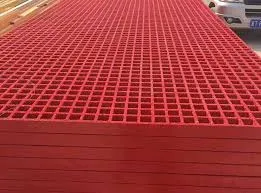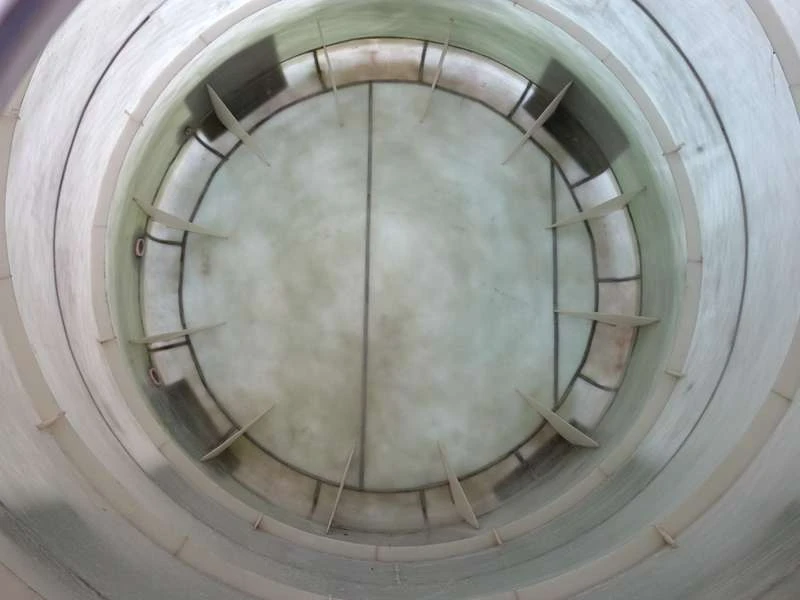
-
 Afrikaans
Afrikaans -
 Albanian
Albanian -
 Amharic
Amharic -
 Arabic
Arabic -
 Armenian
Armenian -
 Azerbaijani
Azerbaijani -
 Basque
Basque -
 Belarusian
Belarusian -
 Bengali
Bengali -
 Bosnian
Bosnian -
 Bulgarian
Bulgarian -
 Catalan
Catalan -
 Cebuano
Cebuano -
 China
China -
 China (Taiwan)
China (Taiwan) -
 Corsican
Corsican -
 Croatian
Croatian -
 Czech
Czech -
 Danish
Danish -
 Dutch
Dutch -
 English
English -
 Esperanto
Esperanto -
 Estonian
Estonian -
 Finnish
Finnish -
 French
French -
 Frisian
Frisian -
 Galician
Galician -
 Georgian
Georgian -
 German
German -
 Greek
Greek -
 Gujarati
Gujarati -
 Haitian Creole
Haitian Creole -
 hausa
hausa -
 hawaiian
hawaiian -
 Hebrew
Hebrew -
 Hindi
Hindi -
 Miao
Miao -
 Hungarian
Hungarian -
 Icelandic
Icelandic -
 igbo
igbo -
 Indonesian
Indonesian -
 irish
irish -
 Italian
Italian -
 Japanese
Japanese -
 Javanese
Javanese -
 Kannada
Kannada -
 kazakh
kazakh -
 Khmer
Khmer -
 Rwandese
Rwandese -
 Korean
Korean -
 Kurdish
Kurdish -
 Kyrgyz
Kyrgyz -
 Lao
Lao -
 Latin
Latin -
 Latvian
Latvian -
 Lithuanian
Lithuanian -
 Luxembourgish
Luxembourgish -
 Macedonian
Macedonian -
 Malgashi
Malgashi -
 Malay
Malay -
 Malayalam
Malayalam -
 Maltese
Maltese -
 Maori
Maori -
 Marathi
Marathi -
 Mongolian
Mongolian -
 Myanmar
Myanmar -
 Nepali
Nepali -
 Norwegian
Norwegian -
 Norwegian
Norwegian -
 Occitan
Occitan -
 Pashto
Pashto -
 Persian
Persian -
 Polish
Polish -
 Portuguese
Portuguese -
 Punjabi
Punjabi -
 Romanian
Romanian -
 Russian
Russian -
 Samoan
Samoan -
 Scottish Gaelic
Scottish Gaelic -
 Serbian
Serbian -
 Sesotho
Sesotho -
 Shona
Shona -
 Sindhi
Sindhi -
 Sinhala
Sinhala -
 Slovak
Slovak -
 Slovenian
Slovenian -
 Somali
Somali -
 Spanish
Spanish -
 Sundanese
Sundanese -
 Swahili
Swahili -
 Swedish
Swedish -
 Tagalog
Tagalog -
 Tajik
Tajik -
 Tamil
Tamil -
 Tatar
Tatar -
 Telugu
Telugu -
 Thai
Thai -
 Turkish
Turkish -
 Turkmen
Turkmen -
 Ukrainian
Ukrainian -
 Urdu
Urdu -
 Uighur
Uighur -
 Uzbek
Uzbek -
 Vietnamese
Vietnamese -
 Welsh
Welsh -
 Bantu
Bantu -
 Yiddish
Yiddish -
 Yoruba
Yoruba -
 Zulu
Zulu
FRP Pipes & Fittings Corrosion-Resistant Solutions for Ships & Desalination
- Overview of FRP piping systems
- Technical superiority in marine environments
- Performance comparison: FRP vs traditional materials
- Manufacturer differentiation analysis
- Custom engineering solutions
- Real-world implementation case studies
- Future development trends

(frp pipes and fittings)
Revolutionizing Industrial Fluid Systems with Advanced Composite Solutions
Fiberglass-reinforced polymer (FRP) piping systems have emerged as the backbone of modern industrial infrastructure, particularly in specialized sectors requiring corrosion-resistant and durable fluid transport solutions. These composite systems outperform conventional materials in multiple critical parameters, achieving 40% lower maintenance costs and 3× longer service life according to ASTM D2310 standards.
Marine-Grade Performance Specifications
Shipbuilding applications demand piping systems that withstand constant saltwater exposure while maintaining structural integrity. FRP marine pipes demonstrate:
- 0.02% maximum water absorption rate (ASTM D570)
- 180°F continuous service temperature tolerance
- 1500 psi burst pressure rating
Material Performance Benchmarking
| Material | Corrosion Resistance | Weight (lbs/ft) | Installation Cost | Life Expectancy |
|---|---|---|---|---|
| FRP | Excellent | 0.85 | $12.50 | 35+ years |
| Stainless Steel | Good | 2.40 | $18.75 | 20 years |
| PVC | Moderate | 0.65 | $9.80 | 15 years |
Manufacturing Landscape Analysis
Leading producers employ distinct fabrication methodologies:
- Filament winding: ±2° angular precision for pressure vessels
- Centrifugal casting: 0.5mm wall thickness consistency
- Pultrusion: 80 ksi tensile strength profiles
Application-Specific Engineering
Customization parameters for desalination projects include:
- Diameter range: 2" to 120"
- Pressure class: 150-300 PSI
- Chemical resistance: pH 2-12 continuous exposure
Operational Validation Through Case Studies
A recent offshore platform installation demonstrated:
- 72% reduction in pipe replacement frequency
- 35% decrease in total system weight
- 0.5% maintenance cost as percentage of CAPEX
FRP Infrastructure Evolution in Water Management
The global FRP pipe market is projected to reach $3.8 billion by 2028 (CAGR 4.7%), driven by seawater reverse osmosis adoption exceeding 65 million m³/day production capacity. Advanced resin formulations now enable 90%+ chlorine resistance retention after 15,000 service hours, establishing FRP as the premier solution for sustainable water infrastructure.

(frp pipes and fittings)
FAQS on frp pipes and fittings
Q: What are the key benefits of using FRP pipes and fittings in ship building?
A: FRP pipes and fittings offer high corrosion resistance, lightweight construction, and durability, making them ideal for harsh marine environments. They reduce maintenance costs and withstand exposure to saltwater and chemicals. Their flexibility also simplifies installation in complex ship designs.
Q: Why choose FRP desalination pipes and fittings for water treatment systems?
A: FRP desalination pipes resist chemical degradation and scaling, ensuring long-term efficiency in water treatment. Their smooth interior surface minimizes friction loss, optimizing flow rates. They are also cost-effective due to low maintenance and extended service life.
Q: How do FRP pipes compare to traditional metal pipes in industrial applications?
A: FRP pipes are lighter, non-conductive, and immune to rust, unlike metal pipes. They handle high-pressure and extreme temperatures while reducing installation time. This makes them a sustainable alternative for industries like shipbuilding and desalination.
Q: What factors should be considered when selecting FRP fittings for desalination plants?
A: Consider chemical compatibility with treated water, pressure ratings, and temperature ranges. Ensure fittings meet industry standards for corrosion resistance. Custom designs may be needed to fit specific plant layouts and operational demands.
Q: Can FRP pipes and fittings withstand high-pressure environments in marine applications?
A: Yes, FRP pipes are engineered for high-pressure resilience and fatigue resistance. Their layered composite structure ensures strength without added weight. This makes them reliable for shipbuilding, ballast systems, and offshore water treatment.
Latest news
-
Innovative Tungsten Carbide Gold Mining Bits for Enhanced Drilling EfficiencyNewsMay.29,2025
-
High-Temp Fiberglass, GRP & FRP Products for Steel Smelting PlantsNewsMay.29,2025
-
FRP Panels Durable FRP Trough Covers & Moisture Traps SolutionsNewsMay.29,2025
-
FRP Desalination Pipes & Fittings Efficient Water Treatment SolutionsNewsMay.29,2025
-
Fiberglass Clarifier Systems Efficient Water & Solid Treatment SolutionsNewsMay.29,2025
-
Fiberglass Water Tanks Durable GRP & Fiber Water Storage SolutionsNewsMay.29,2025









